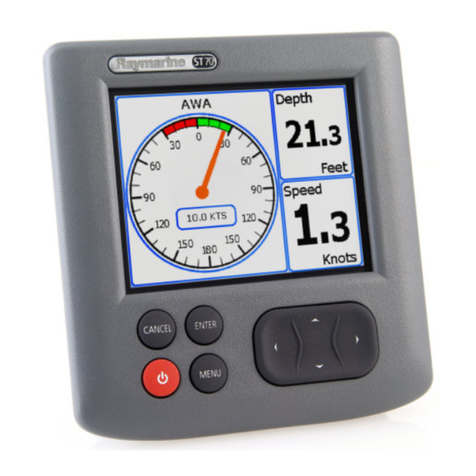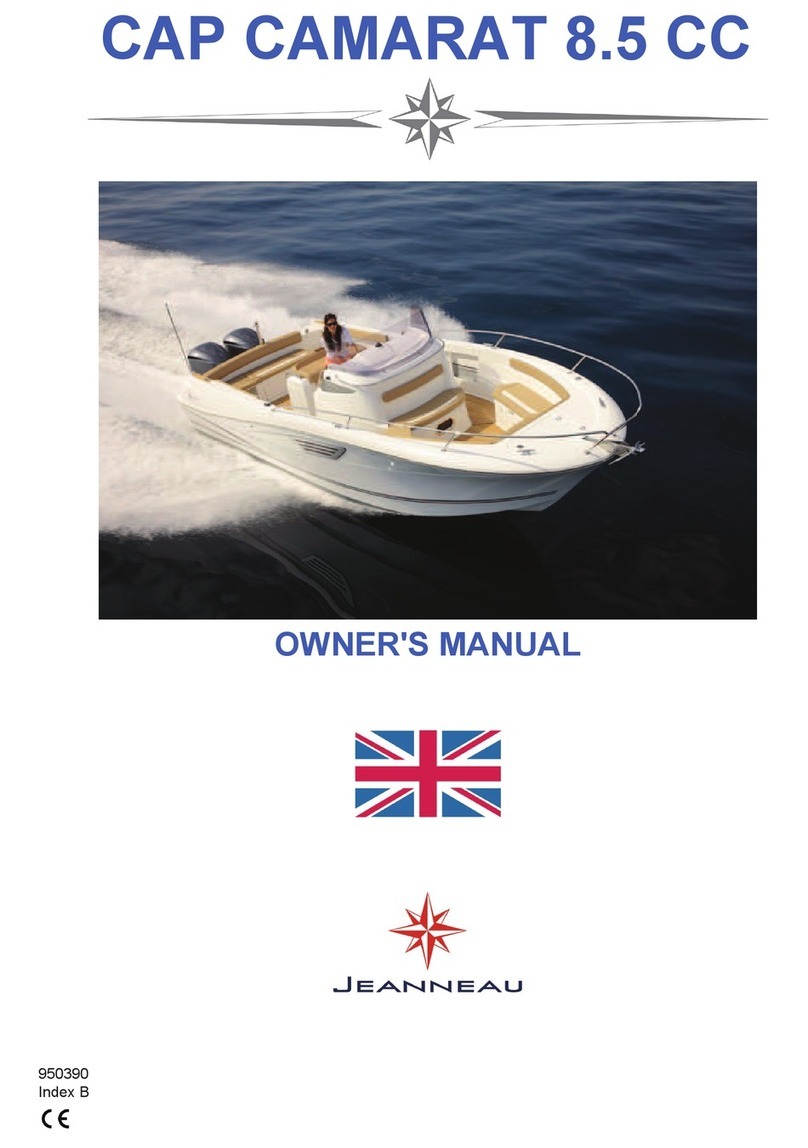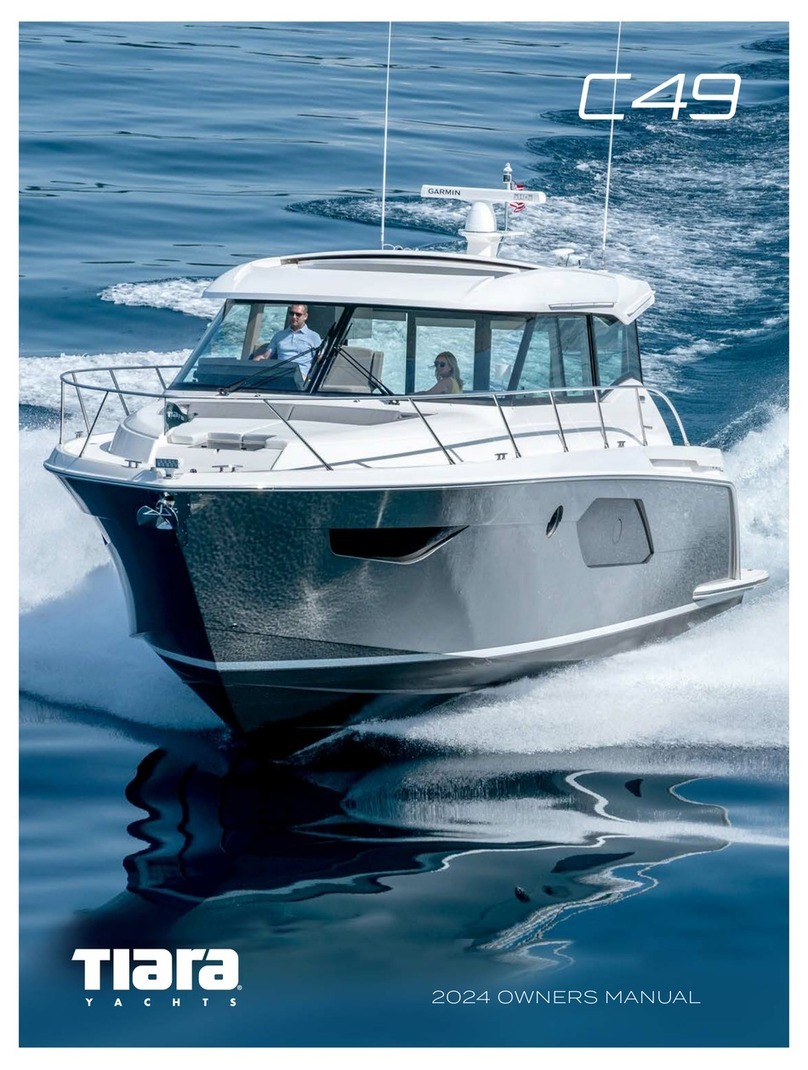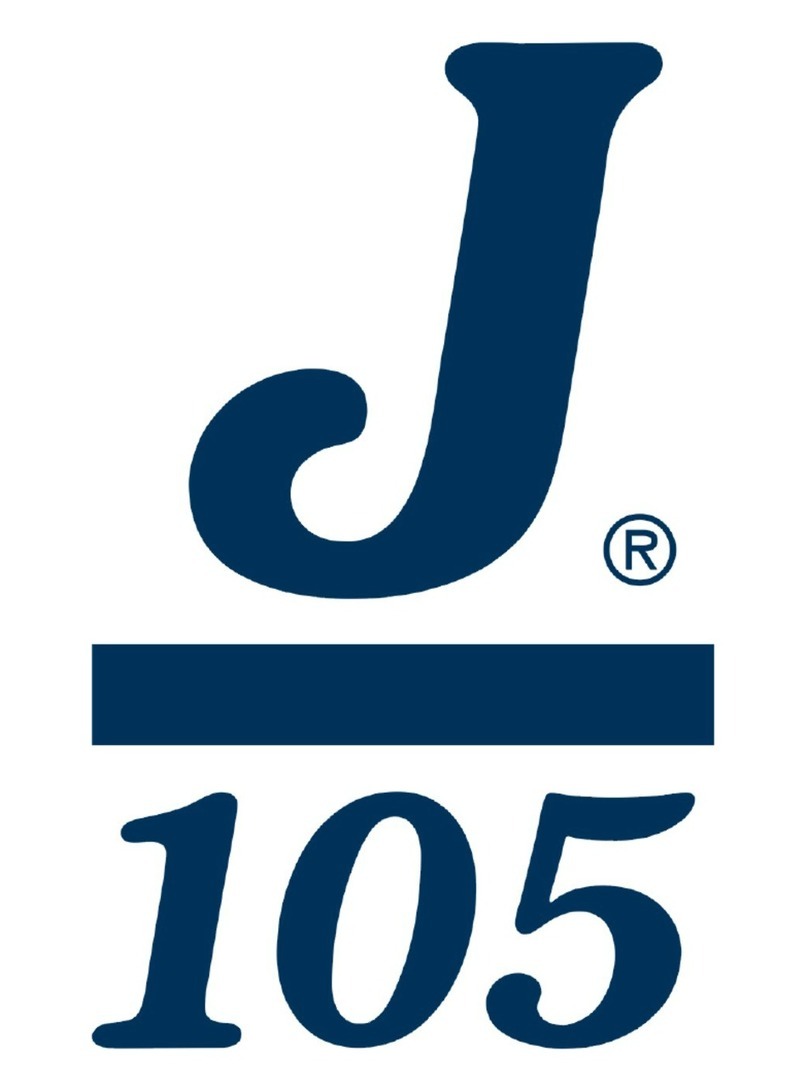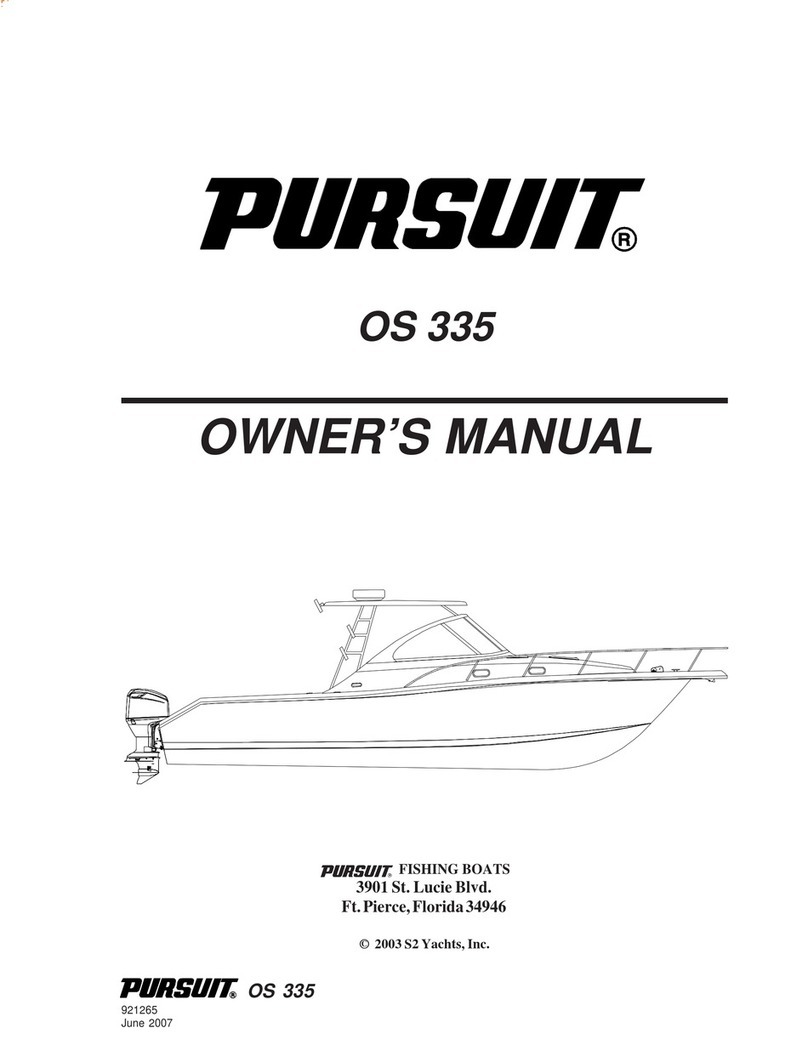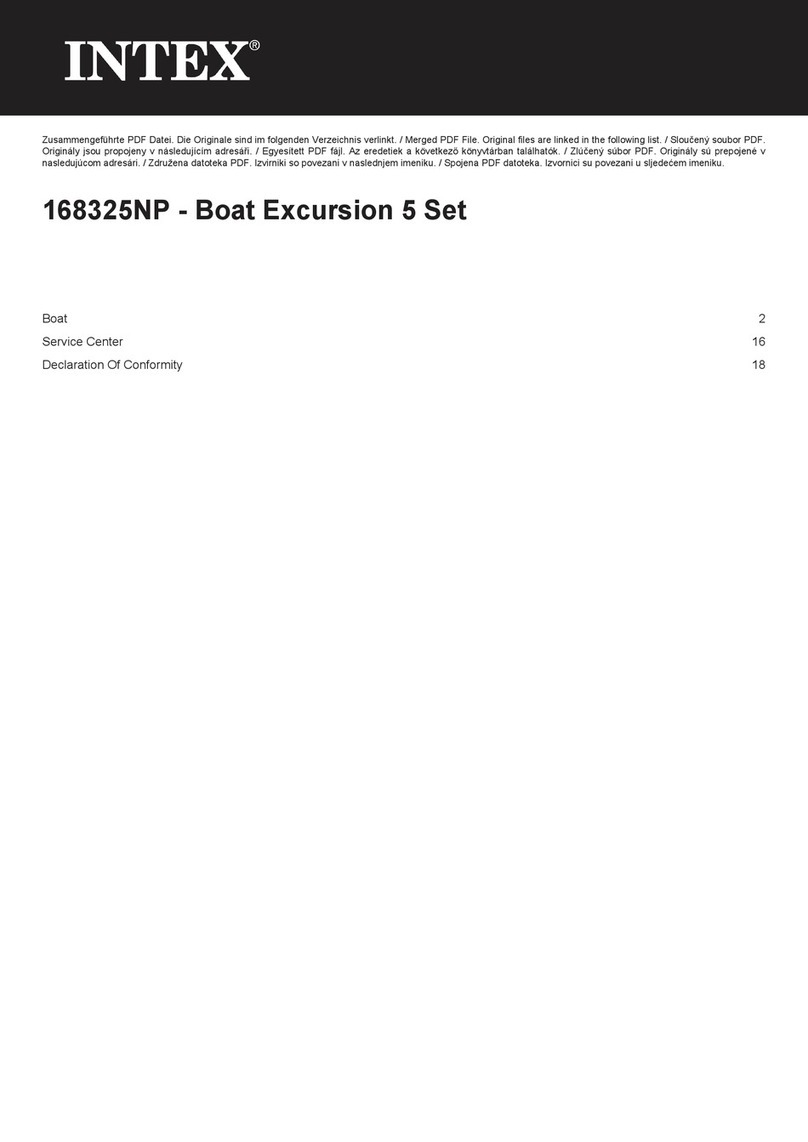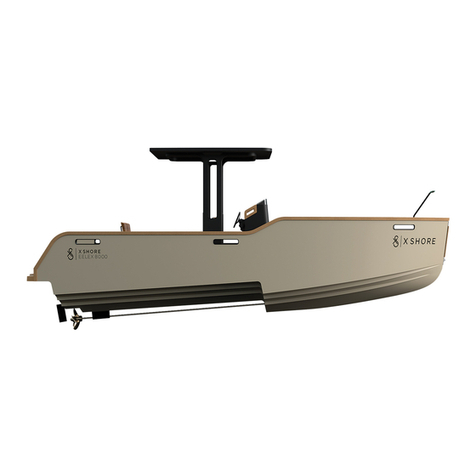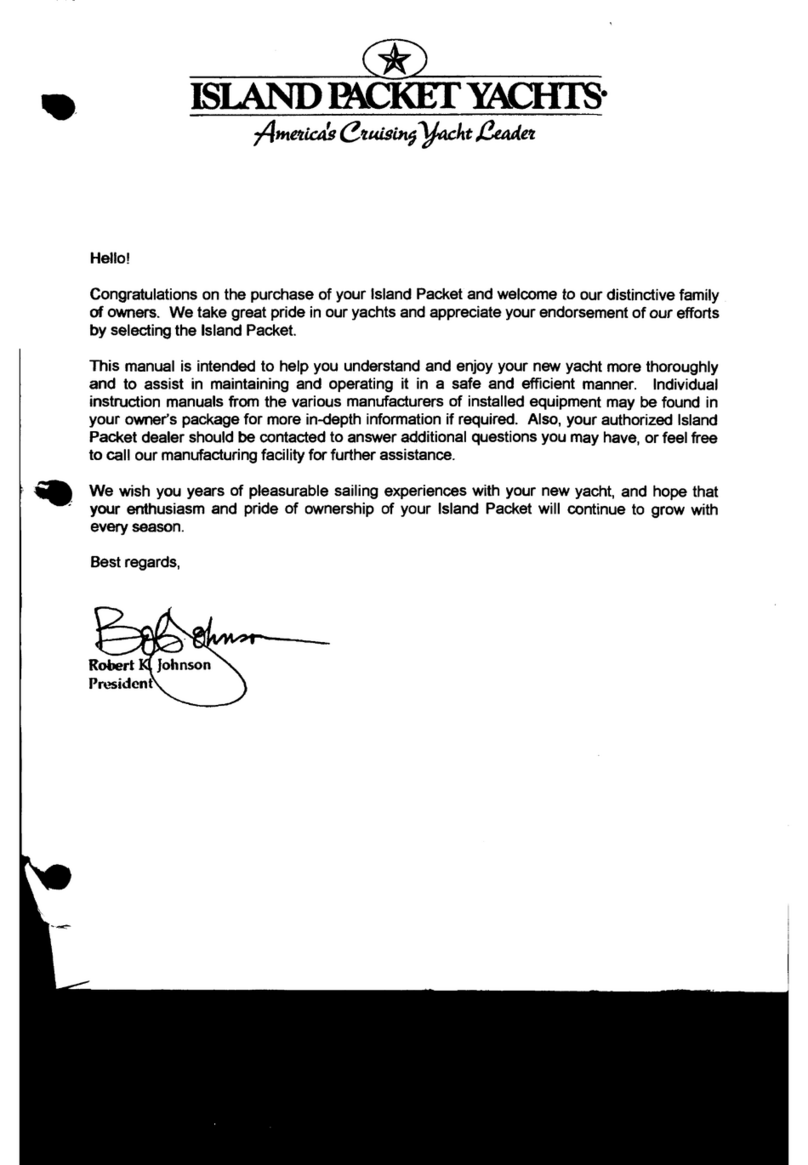Mercury Dynamic 250/260 User manual
Other Mercury Boat manuals
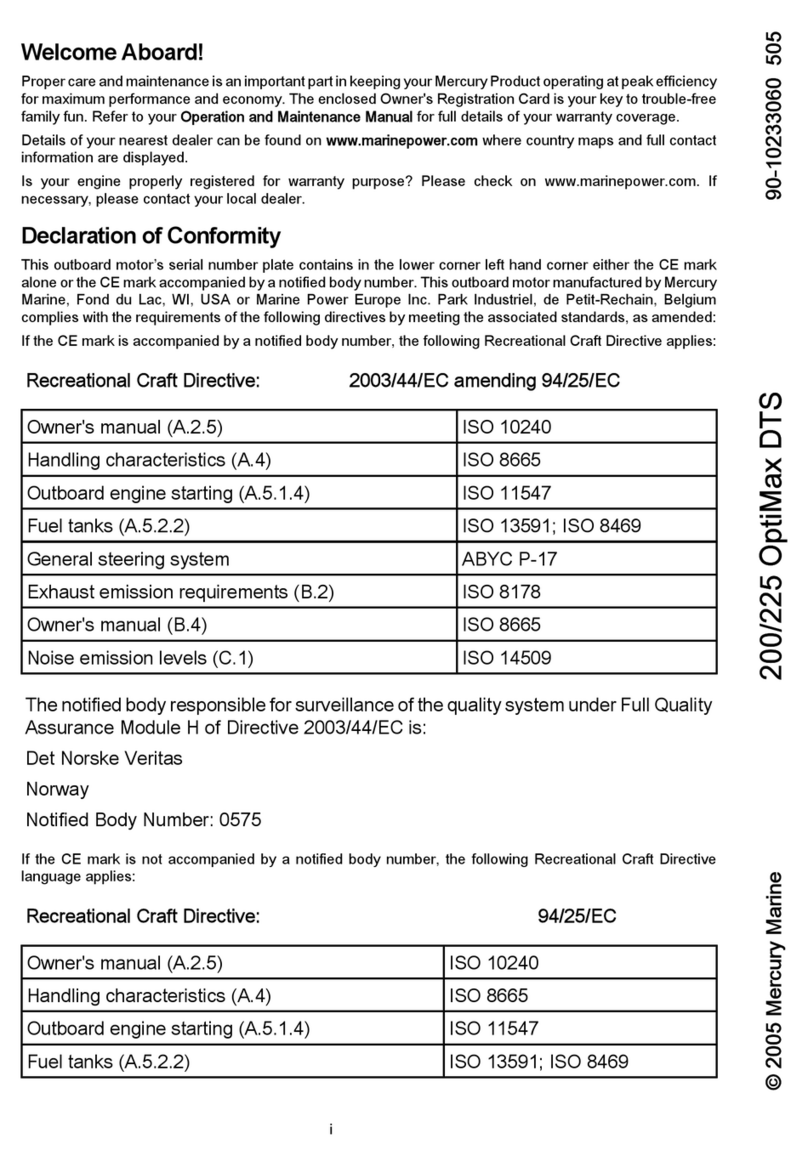
Mercury
Mercury 200 OptiMax DTS User manual
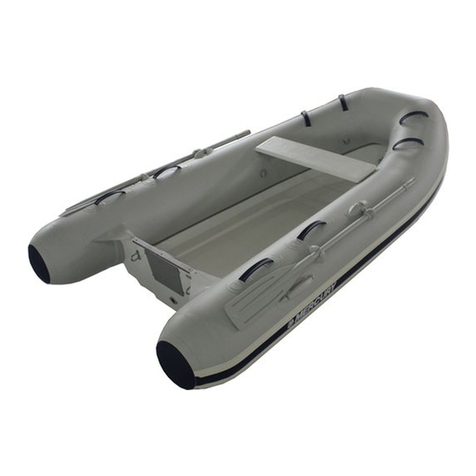
Mercury
Mercury Ocean Runner 290 User manual
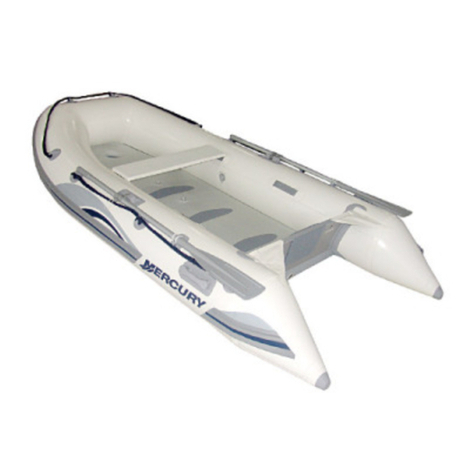
Mercury
Mercury AirDeck 899194001 User manual

Mercury
Mercury 200 OptiMax DTS User manual
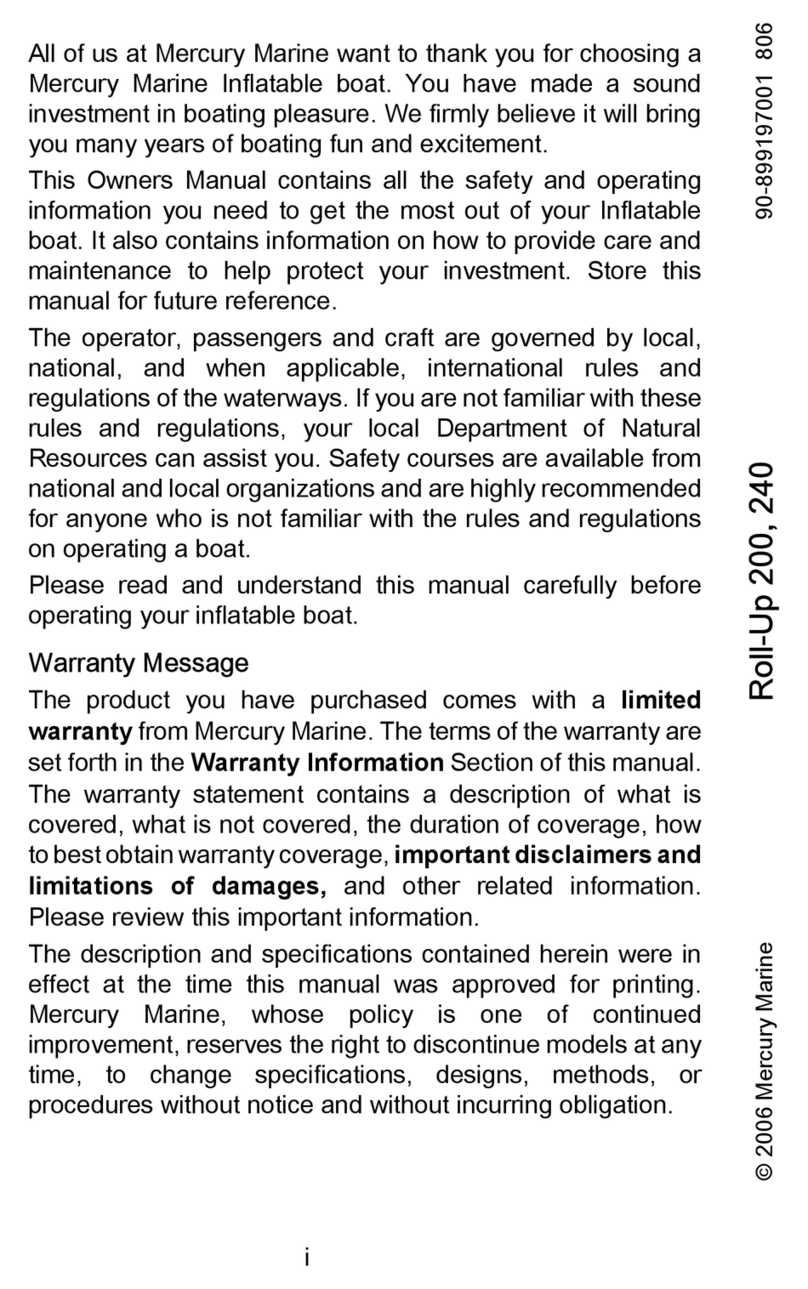
Mercury
Mercury Roll Up 899197001 User manual
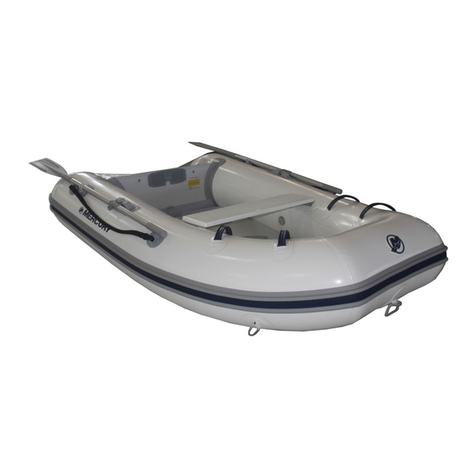
Mercury
Mercury Sport 220/240 User manual
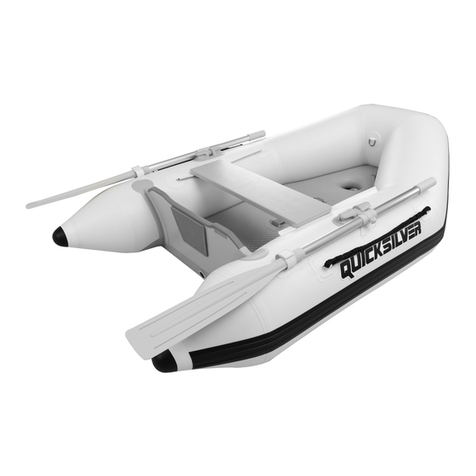
Mercury
Mercury Quicksilver Series User manual
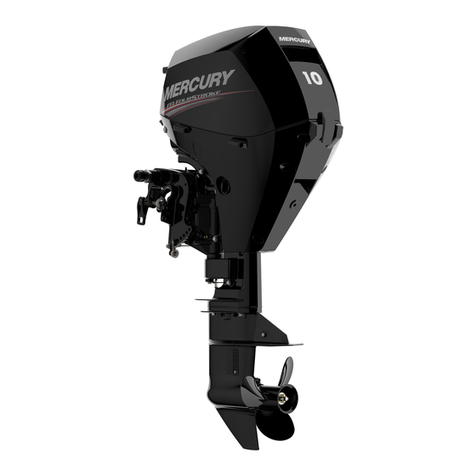
Mercury
Mercury 10/15 Sea Pro/Marathon - 6/8/9.9/10/15 HP User manual
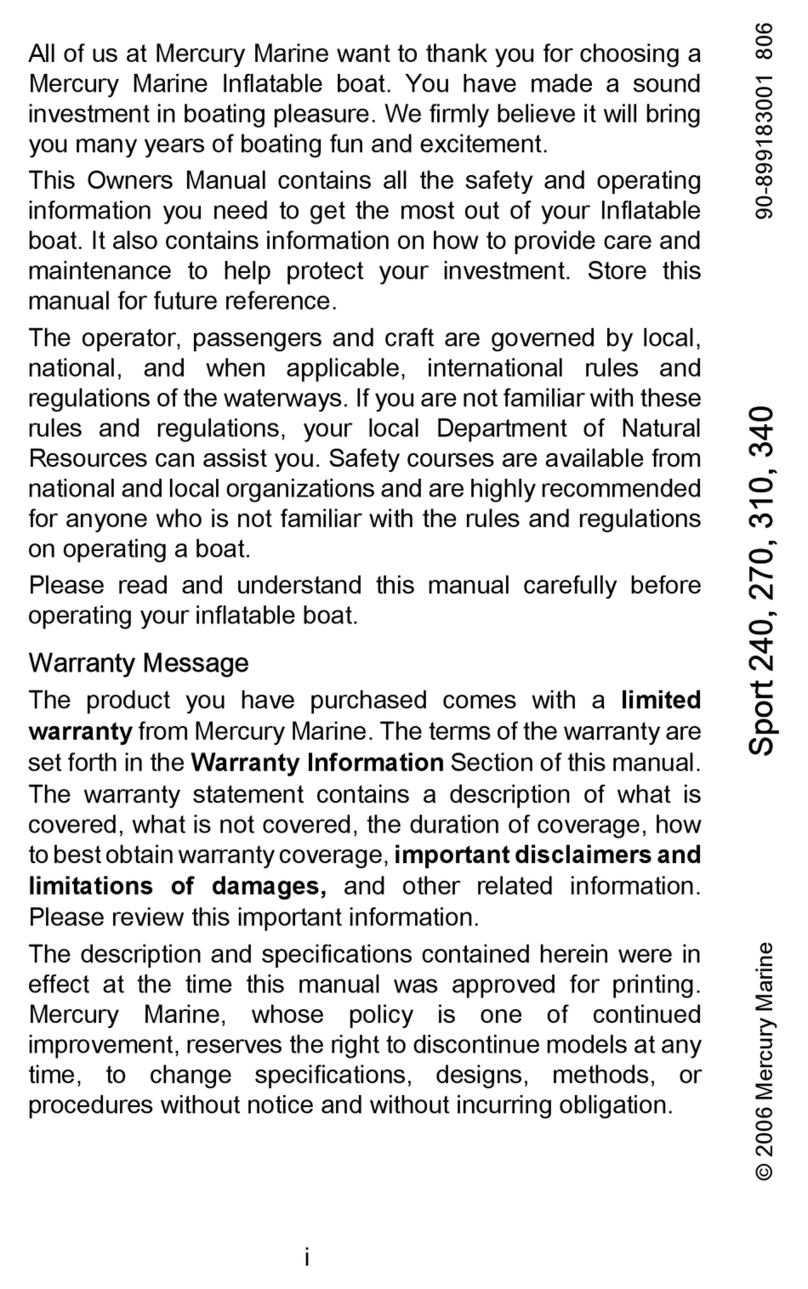
Mercury
Mercury Sport 899183001 User manual
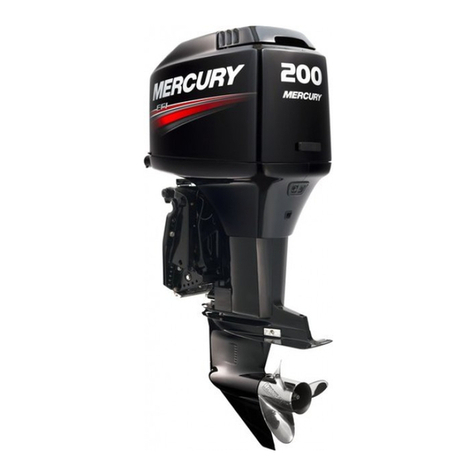
Mercury
Mercury 140 User manual

Mercury
Mercury DINGHY 200 User manual
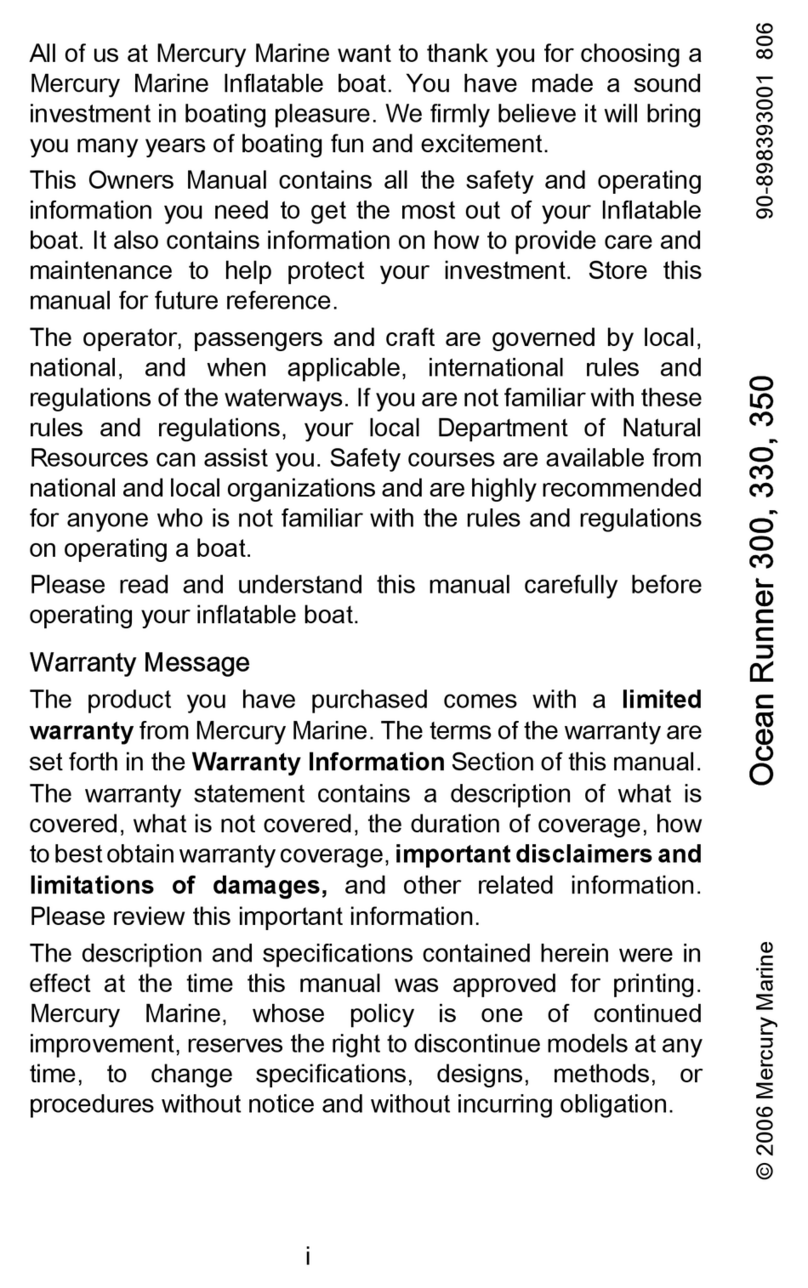
Mercury
Mercury Ocean Runner 898393001 User manual
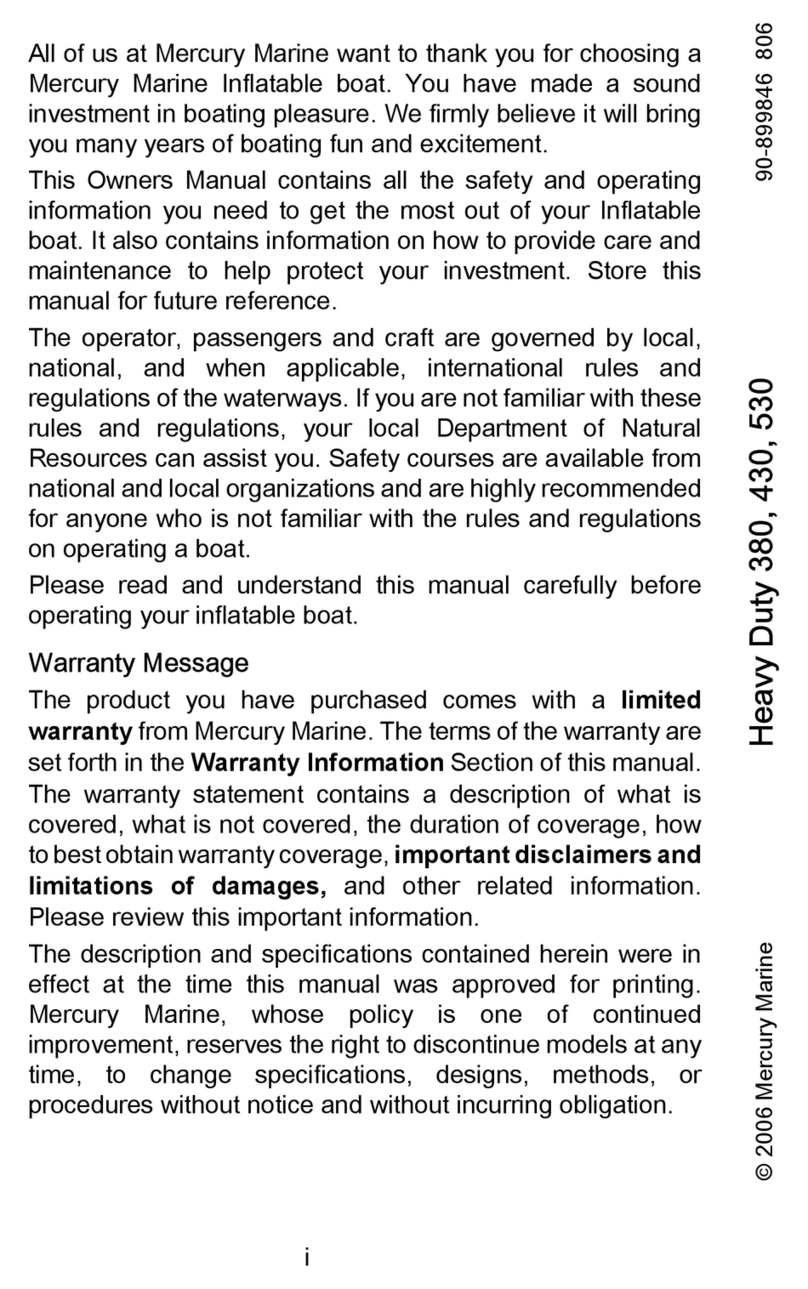
Mercury
Mercury Heavy Duty 899846001 User manual

Mercury
Mercury Quicksilver Series User manual
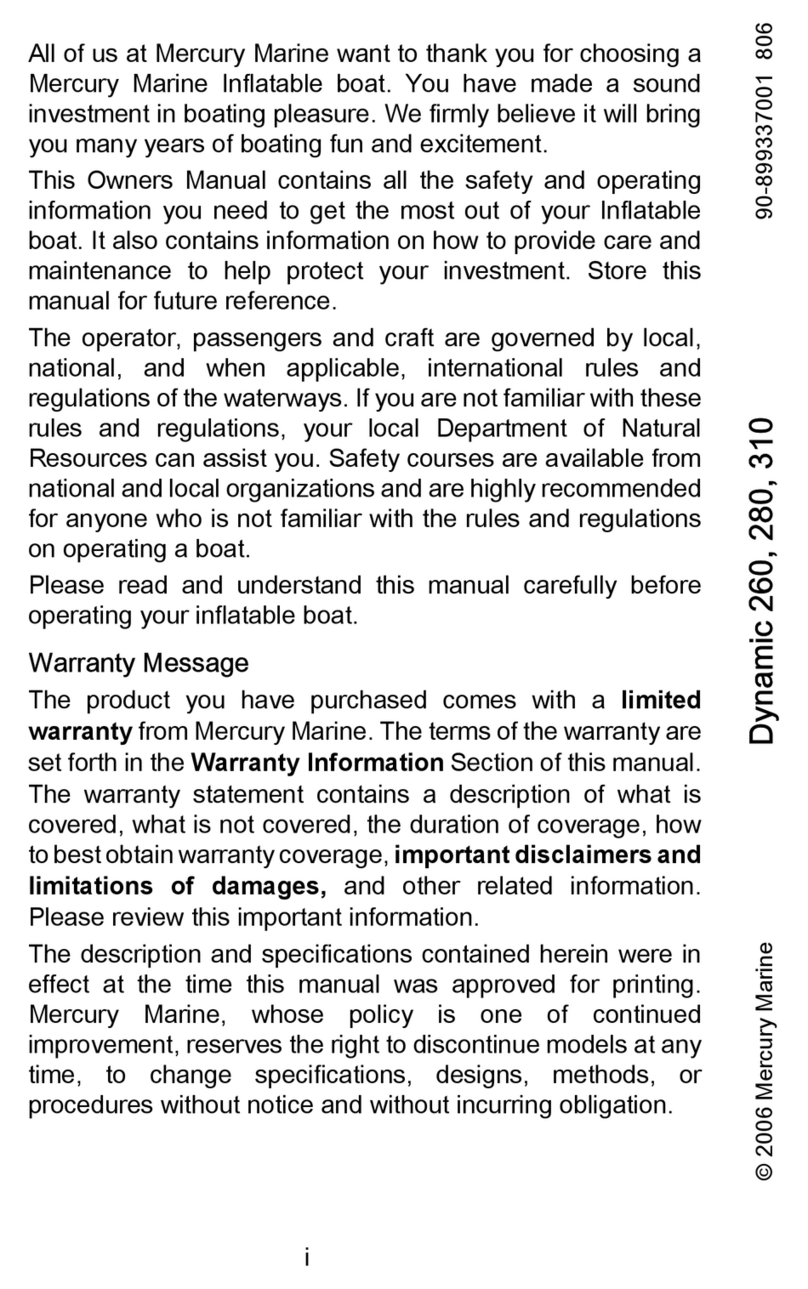
Mercury
Mercury Dynamic 899337001 User manual
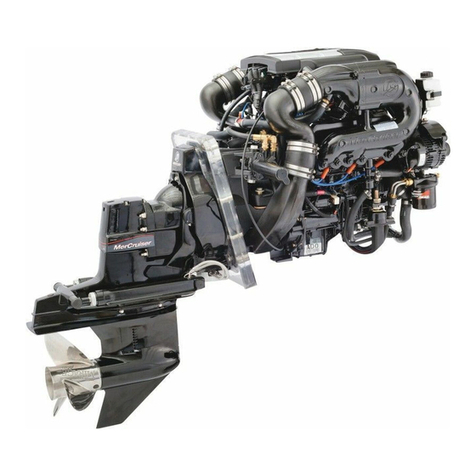
Mercury
Mercury Bravo Three Manual
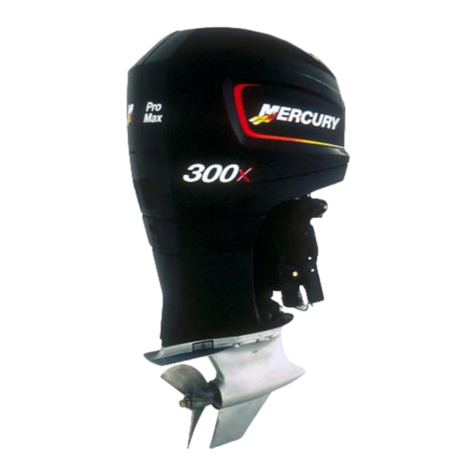
Mercury
Mercury 300 - PRO MAX 3.0L User manual
Popular Boat manuals by other brands
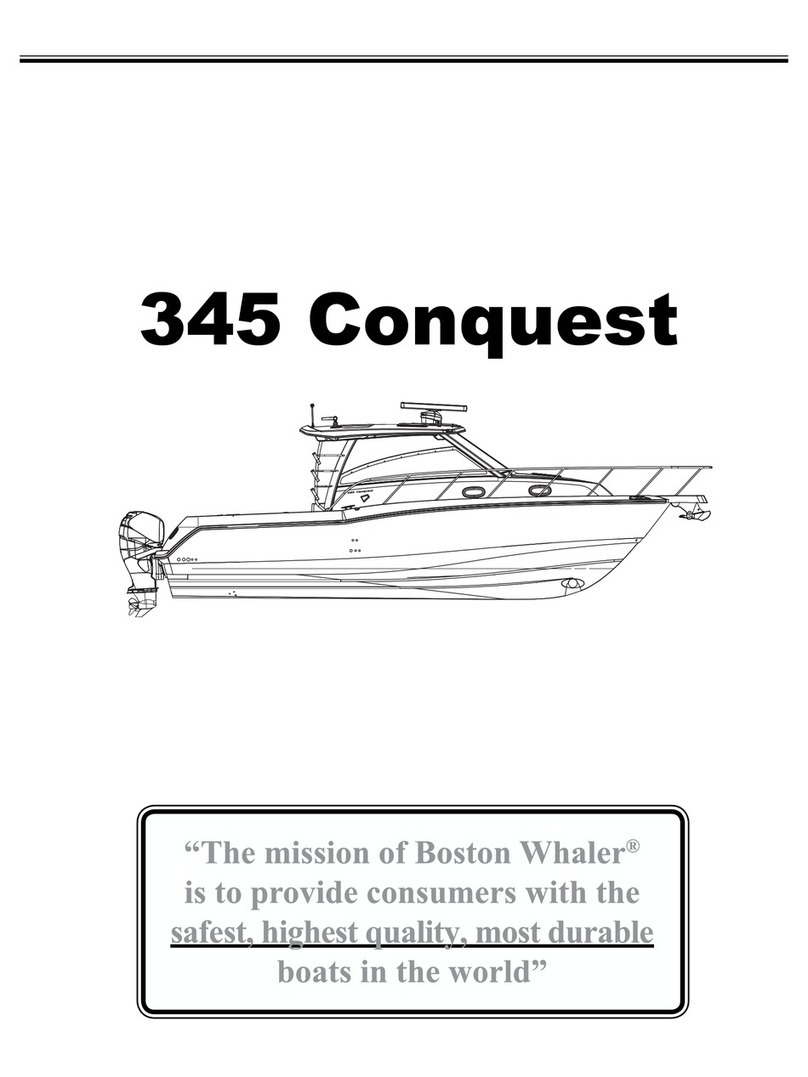
Boston Whaler
Boston Whaler CONQUEST 345 owner's manual

Jeanneau
Jeanneau SUN ODYSSEY 41 DS owner's manual
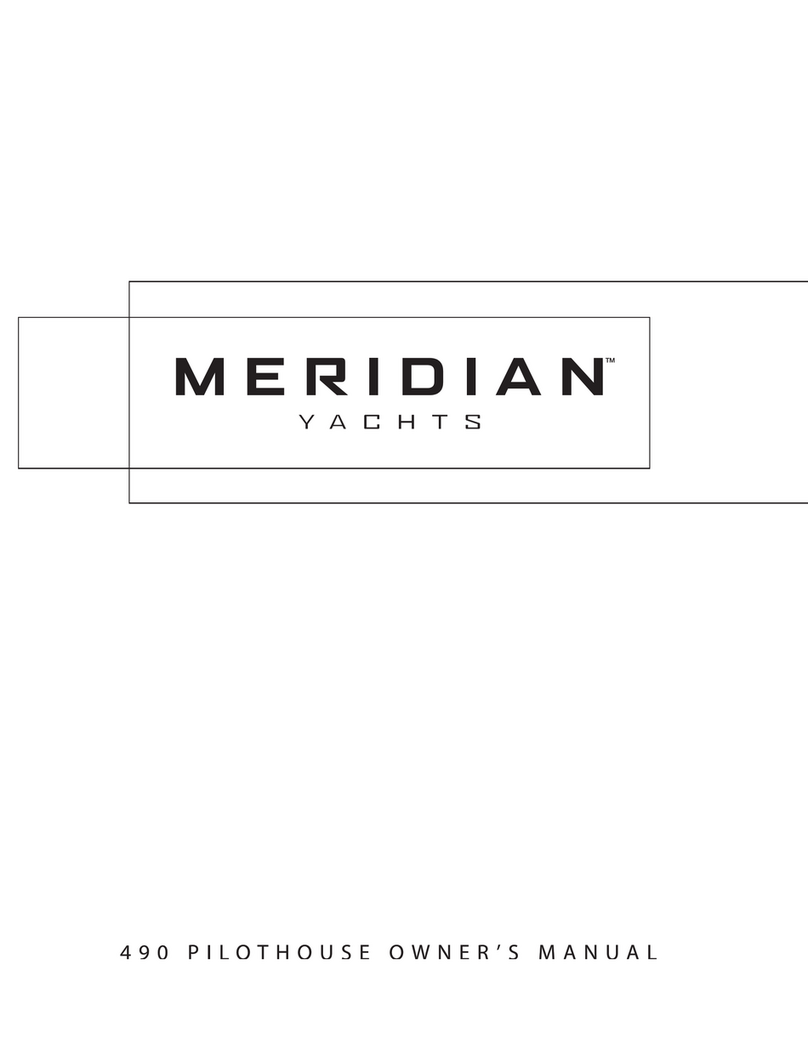
Meridian
Meridian 490 Pilothouse owner's manual
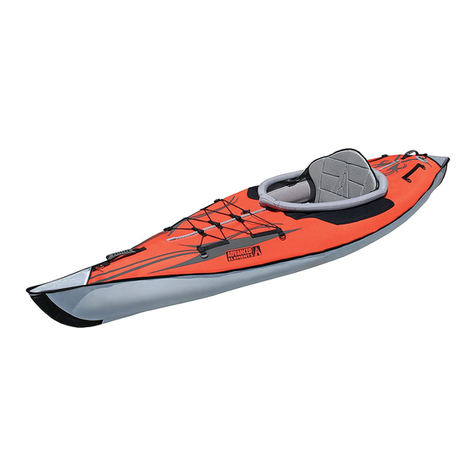
Advanced Elements
Advanced Elements AdvancedFrame Expedition AE1009 owner's manual
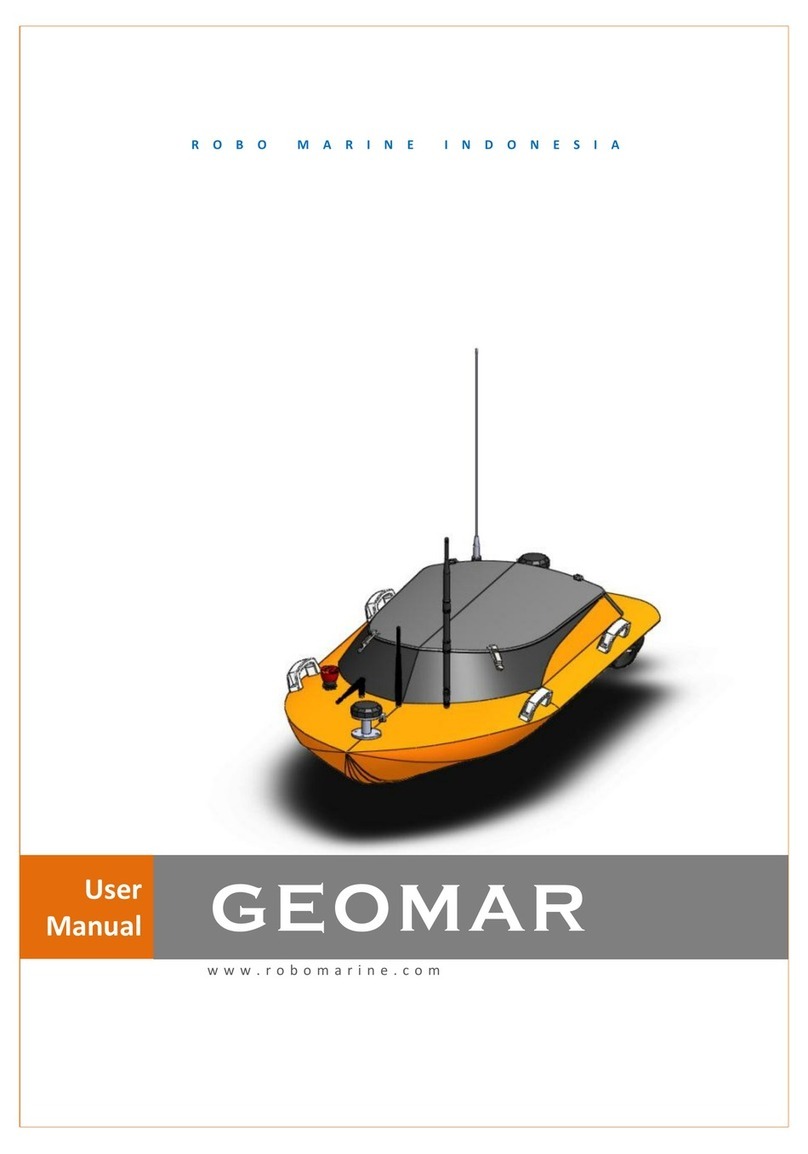
Robo Marine Indonesia
Robo Marine Indonesia GEOMAR user manual
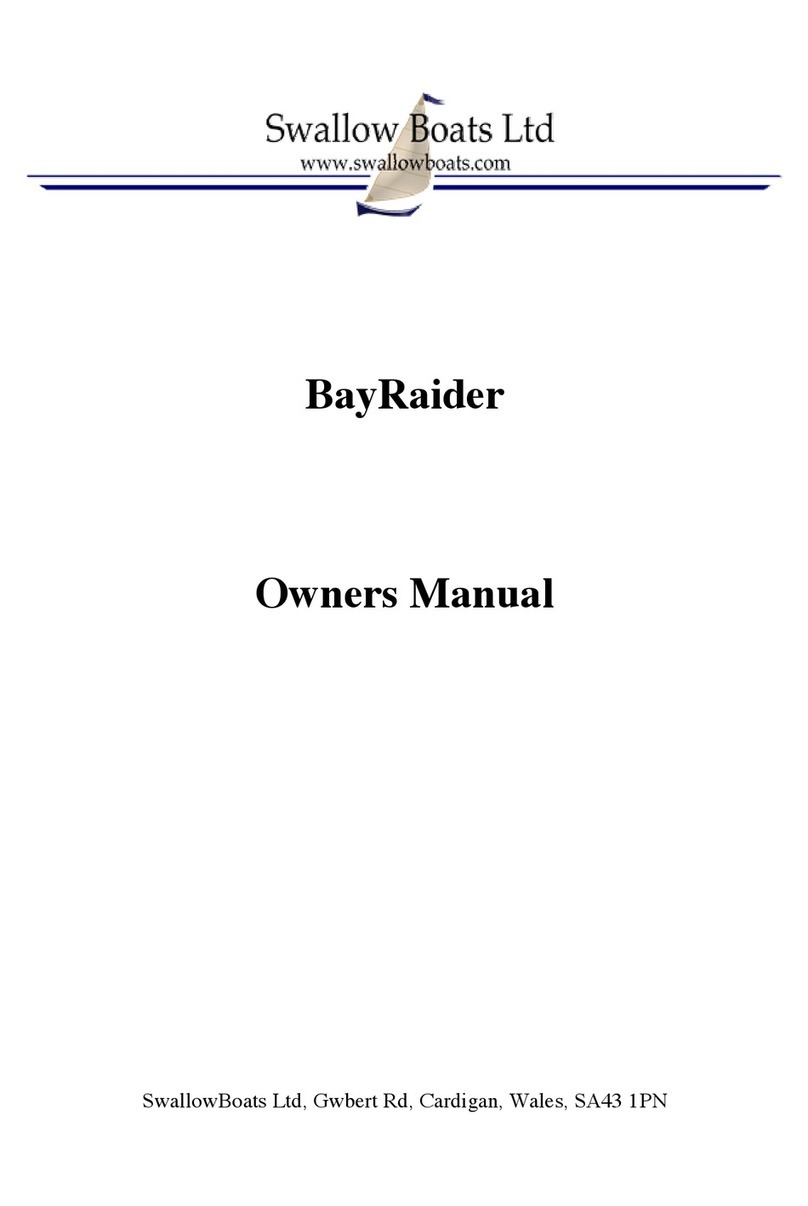
Swallow Boats
Swallow Boats BayRaider owner's manual
